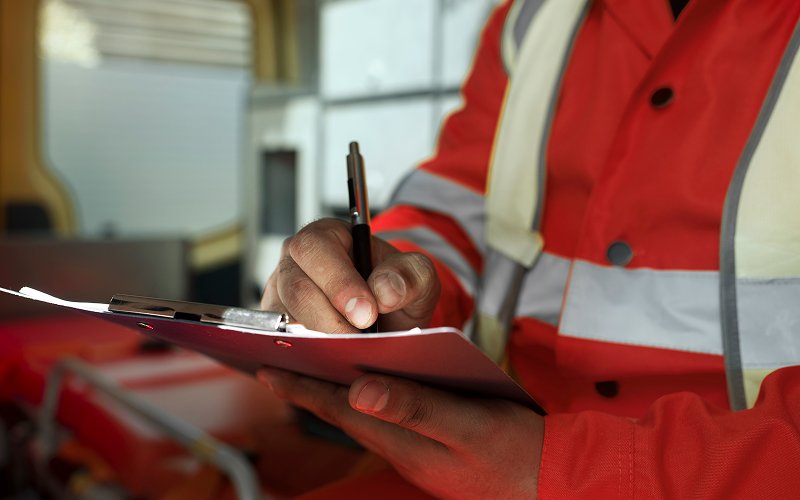Fire engineering in Singapore is crucial in the design and safety of modern buildings, especially in urban environments like Singapore, where safety regulations are stringent. A fire engineer contributes to the planning, evaluation, and implementation of protection strategies, helping people and property stay safe from fire hazards. By integrating fire engineering principles with regulatory codes, they ensure developments meet safety standards without sacrificing design goals.
Assessing Risk and Developing Fire Safety Strategies
One of the key responsibilities of a fire engineer is conducting thorough risk assessments. This involves evaluating how fire might start, spread, and affect occupants within a given structure. Using tools like fire simulations and evacuation modelling, fire engineers anticipate emergency scenarios and test the effectiveness of proposed safety features. These assessments guide the placement of fire exits, smoke extraction systems, and alarms.
In fire engineering, the aim is not only to reduce the likelihood of fire but to limit its impact. Engineers propose tailored solutions to meet the building’s function, whether it’s a hospital, office, or retail centre. They may recommend fire-resistant materials, zoning to contain flames, or sprinkler configurations. In Singapore, fire engineers must also ensure compliance with local codes while accommodating practical constraints in layout and design.
Designing for Compliance and Performance
A major part of fire engineering in Singapore involves the preparation and submission of Fire Safety Reports (FSRs). These reports justify how a building’s fire strategy meets the necessary regulations, often utilising a performance-based approach instead of rigid prescriptive codes. Fire engineers detail how the building design accounts for occupant safety, system reliability, and response procedures.
In many cases, fire engineers collaborate with other professionals, such as architects, M&E consultants, and contractors, to integrate fire safety solutions during the early stages of a project. This collaboration ensures systems like fire lifts, escape routes, and smoke containment zones are incorporated seamlessly. The fire engineer also coordinates with local authorities to obtain approvals and address any concerns raised during the inspection or submission process.
Monitoring and Inspecting Fire Systems
A fire engineer consultancy firm is responsible for overseeing the installation and functionality of fire safety systems during construction and commissioning. They review system specifications and test critical features like fire alarms, sprinklers, emergency lighting, and ventilation controls. Their job is to verify that each component works as intended under realistic fire conditions.
Beyond installation, fire engineers may also be called to inspect buildings post-construction or during retrofitting projects. Their input ensures that ongoing maintenance or alterations do not compromise fire safety standards. In a city like Singapore, where high-rise developments are common, this attention to detail is essential for long-term safety and operational reliability.
Supporting Complex Projects and Unique Designs
Fire engineering becomes especially important in unconventional or large-scale buildings such as airports, stadiums, and shopping malls. These structures pose greater challenges due to higher occupancy, varied uses, and unique architectural forms. Fire engineers help navigate these complexities by developing models and simulations that support safe and creative design solutions.
They might also advise on the integration of modern fire suppression technologies or propose ways to reduce reliance on traditional methods. Their work allows developers to optimise space usage while maintaining life safety requirements. In Singapore, where urban density and design innovation often intersect, fire engineers play a critical role in achieving both efficiency and safety.
Conclusion
A fire engineer is crucial in protecting buildings and lives by blending technical knowledge with practical solutions. From risk assessment and system design to regulatory compliance and inspections, they support every stage of fire engineering in Singapore. Their work ensures that developments are not only visually appealing and functional but also safe for the people who use them every day.
Need fire engineering solutions tailored for Singapore? Contact SHEVS IFT Consultants for expert guidance from design to approval.

